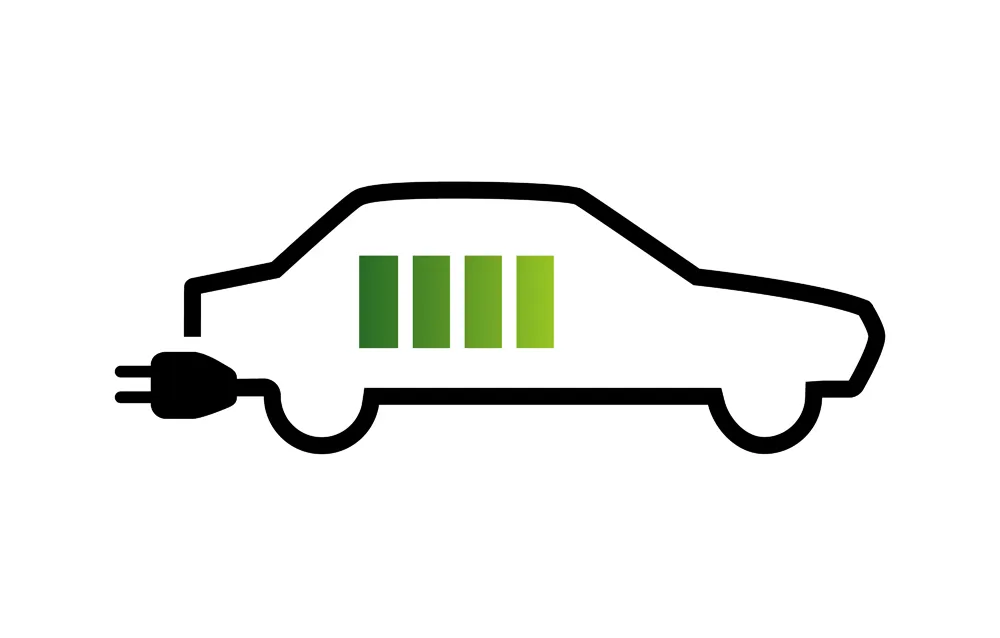A recent report from Navigant Research, Electric Vehicle Market Forecasts, provides a comprehensive overview of the overall light duty vehicle (LDV) and the light duty electric vehicle (EV) markets, including global forecasts for annual vehicle sales and vehicles in use through 2023. It indicates that worldwide sales of light duty EVs are expected to increase from 2.7 million in 2014 to 6.4 million in 2023.
The use of EVs, which now account for a small but growing share of the world’s LDV market, has bee
January 23, 2015
Read time: 2 mins
A recent report from 7560 Navigant Research, Electric Vehicle Market Forecasts, provides a comprehensive overview of the overall light duty vehicle (LDV) and the light duty electric vehicle (EV) markets, including global forecasts for annual vehicle sales and vehicles in use through 2023. It indicates that worldwide sales of light duty EVs are expected to increase from 2.7 million in 2014 to 6.4 million in 2023.
The use of EVs, which now account for a small but growing share of the world’s LDV market, has been promoted by governments around the world because of the economic, environmental, and energy efficient benefits they provide. Although they make up a small portion of the overall LDV market today, the hybrids (HEVs), plug-in hybrids (PHEVs), and battery electric vehicles (BEVs) that contribute to this market are becoming a significant part of the global automotive industry.
“Historically, governments have pushed automakers to develop EVs and have also encouraged citizens to buy them, but it’s likely government incentives will begin to decrease in most developed regions as the market begins to shift,” says Scott Shepard, research analyst with Navigant Research. “EVs are expected to become more available in the luxury class segments, where the plug-in vehicle (PEV) premium is lower than comparable vehicles due to higher overall vehicle prices.”
The market for conventional vehicles with reduced fuel consumption is also expected to become more competitive, as other fuel-efficient and alternative fuel technologies begin to enter the LDV market, according to the report. In particular, fuel efficiency advances made to internal combustion engines are likely to threaten HEV market share in economy class segments, making growth contingent on EVs expanding into larger vehicle formats, such as sport utility vehicles (SUVs).
The use of EVs, which now account for a small but growing share of the world’s LDV market, has been promoted by governments around the world because of the economic, environmental, and energy efficient benefits they provide. Although they make up a small portion of the overall LDV market today, the hybrids (HEVs), plug-in hybrids (PHEVs), and battery electric vehicles (BEVs) that contribute to this market are becoming a significant part of the global automotive industry.
“Historically, governments have pushed automakers to develop EVs and have also encouraged citizens to buy them, but it’s likely government incentives will begin to decrease in most developed regions as the market begins to shift,” says Scott Shepard, research analyst with Navigant Research. “EVs are expected to become more available in the luxury class segments, where the plug-in vehicle (PEV) premium is lower than comparable vehicles due to higher overall vehicle prices.”
The market for conventional vehicles with reduced fuel consumption is also expected to become more competitive, as other fuel-efficient and alternative fuel technologies begin to enter the LDV market, according to the report. In particular, fuel efficiency advances made to internal combustion engines are likely to threaten HEV market share in economy class segments, making growth contingent on EVs expanding into larger vehicle formats, such as sport utility vehicles (SUVs).










